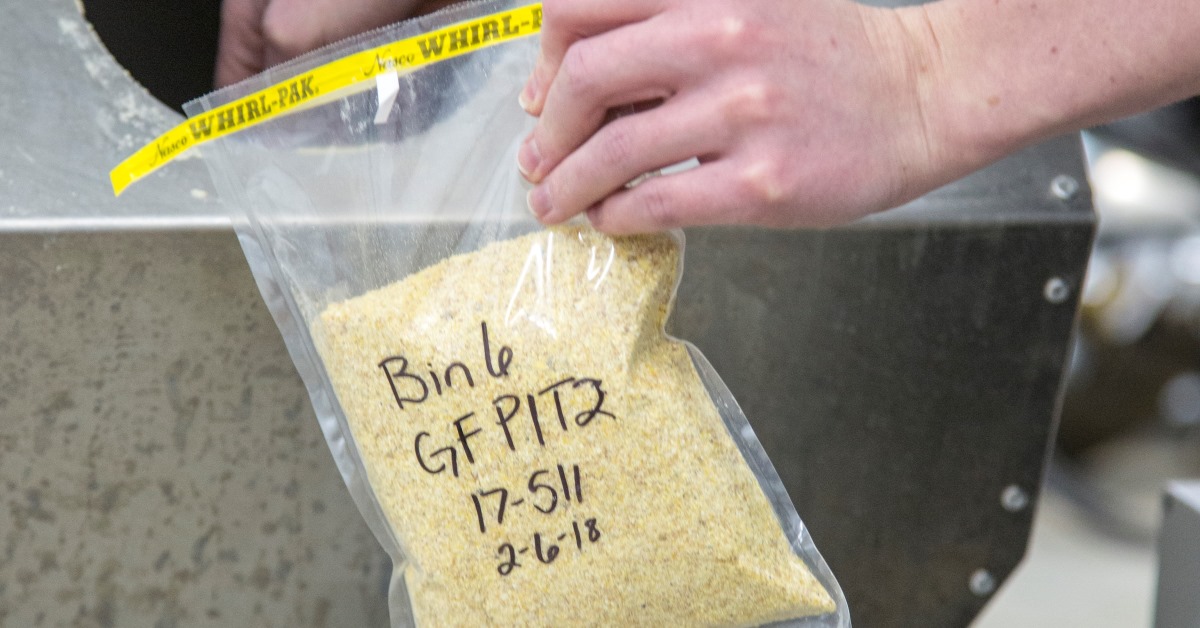
Feed represents as much as 75% of the cost of production of a marketed pig. Combining that with an extended period of low market prices emphasizes that feed efficiency is an important economic topic.
Let’s look at three areas for some practical tips to consider for your farm.
Feed formulation
Formulating for improved gut environment and digestibility sets the foundation for improved feed efficiency. The formulation software should contain correct nutrient values for ingredients, and correct nutrient specifications for each phase of production, so that accurate feed formulas can be created. This includes using nutrient values for digestible amino acids, available phosphorus and net energy.
Nutritional feed additive technologies to improve feed efficiency have been available for a number of years and new ones are being developed. Two examples would be OptiPak Efficiency and Assist. OptiPak Efficiency is a blend of organic acids and other ingredients that has been shown to improve digestibility of amino acids and energy in late finisher diets. The result is 10 to 20 pounds less feed needed for a pig to reach market weight. Assist is a combination of copper chloride and yeast components that improve the gut environment, resulting in improved gain and feed efficiency.
A hidden concern is mycotoxins, particularly in corn and distillers dried grains with solubles (DDGS). These should be tested for mycotoxins in geographic areas or years where mycotoxins are known to be present. Early fall is a higher risk time because of cleaning out bins from last year and with new crop corn starting to come in. The presence of certain mycotoxins in feed can significantly decrease feed efficiency. Fortunately, Alltech has solutions to help you understand the mycotoxin challenge in your area at www.knowmycotoxins.com.
Feed manufacturing
One of the largest impacts on feed efficiency is the particle size of the grain. Typically, corn is processed to be 500 to 700 microns in size, with a standard deviation of less than 2.2, to help ensure consistency of particle size. Both roller and hammer mills can achieve this, but roller mills usually provide a more consistent grind with fewer fine particles. Research has shown that for every 100-micron decrease in grain particle size, feed efficiency improves 1.0–1.2% in grow-finish swine. The goal of maximizing feed efficiency with a uniform finely ground feed must be balanced against energy cost, feed flowability, feed intake and increased risk of gastric ulcers.
A mixer efficiency test is a good way to ensure that all ingredients are being mixed correctly to make a uniform final feed. Improperly mixed feed can result in poorer feed intake, growth and feed efficiency. This test involves collecting ten samples as the mixer empties and analyzing them for a trace mineral like manganese or zinc. A proper mixer coefficient of variation (CV) needs to be below 10%. A CV over 10% indicates that the feed is not mixed well enough for optimum feed efficiency and corrective actions are needed.
Pelleting feed will improve feed efficiency if the pellets have good durability. Research has shown that as the percentage of fines increases, the feed conversion improvement decreases, and with 60% fines, there is no benefit of pelleting over mash.
A good quality assurance program, including retained feed samples, will help with evaluation of feed quality as well as providing samples for later analysis if needed. Feeds should be analyzed for protein, calcium, phosphorus, salt and one trace mineral on a regular basis to ensure that an accurately formulated and manufactured diet is delivered to the pigs.
Feeding management
A major potential source of decreased feed efficiency is poor feeder management that allows for increased feed wastage. The feed pan should have about 50% coverage with feed to balance easy intake with decreased feed wastage. If pelleted diets are used, variation in percentage of fines can create a situation where more time management is needed in the barn to minimize feed wastage.
A feed budget that accurately prescribes the amount of feed for each phase of production will balance desired feed efficiency with feed cost per pig. Perform a closeout evaluation to compare the actual intake of each phase diet with the projected amount and then adjust as needed to move the pigs to the lower-cost diets.
Economical feed efficiency is an important part of an overall swine production plan. The number of factors involved in accurate, high-quality feed being delivered to pigs reminds us that diligence to the details can help improve performance and profitability.
- Log in to post comments
